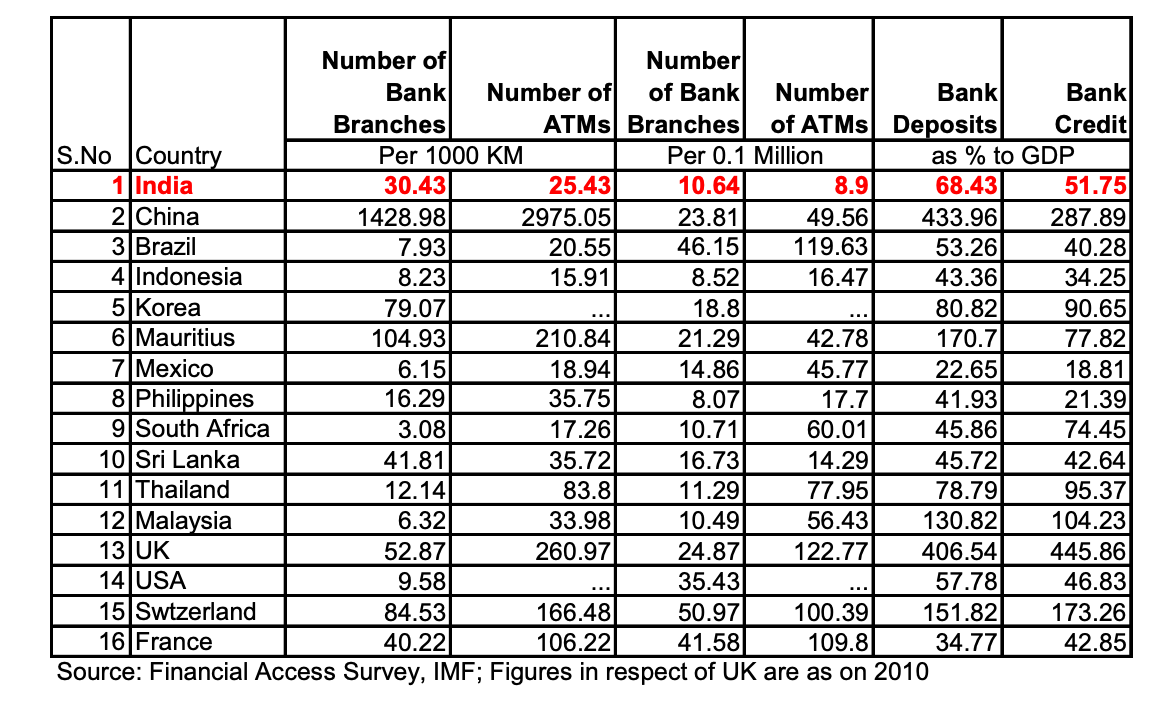Advancing India’s financial inclusion has been on the agenda for RBI, the Reserve Bank of India, since April 2010, when it first introduced the FIP or the Financial Inclusion Plan. Since then, over the past decade, the country’s paramount financial institution has undertaken various projects across a wide array of sectors to increase financial inclusion for the millions of unbanked Indians.
What started as a marquee initiative by the quintessential banking institution included a variety of projects all the way from nationalization of commercial banks and facilitating a robust network of SCBs (Scheduled Commercial Banks) all the way to granting license for doorstep banking and increasing ease of access to BSBD (Basic Savings Bank Deposit) zero balance accounts. While there are many more projects the RBI is yet to announce, the latest addition to this list is the FI-Index or the Financial Inclusion Index.
In a press release dated August 17th, 2021, the Chief General Manager of the RBI, Mr Yogesh Dayal, unveiled the FI-Index, 2020 and its subsequent plans for the future.
But what is the FI-Index, and why should you be bothered about it?
Let’s understand exactly that in today’s blog post.
What Is the FI-Index?
As defined by the RBI, the financial inclusion index, alternatively known as the FI-Index, is a comprehensive indicator of India’s current financial inclusion across a variety of sectors. Right from Insurance and Investments to Pension and Postal, the indicator which is scored on a scale of 0 to 100 reflects the holistic as well as individual efforts of each of these sectors to increase the financial inclusion in India. One of the best aspects of the FI-Index, which sets it apart from peers, is the fact that it was constructed without a base year such that it accurately reflects the cumulative efforts of all stakeholders in this financial inclusion project.

On July 15th, 2021, the current RBI Governor Shaktikanta Das had outlined in a press conference organized by the Economic Times that the pertinent challenges of improving financial inclusion in India are promoted by three main parameters,
- Identification of customers
- Bridging the gap in last-mile banking initiatives
- Providing the end customer with reliable, affordable and safe financial instruments
Experts agree that the introduction of FI-Index following this press conference is a direct effort by the RBI to further its goals of reaching 100% financial inclusion in the upcoming years.
How to Interpret the FI-Index?
From the information available at the moment, the FI-Index scores verticals on a scale ranging from 0 to 100, where 0 indicates complete financial exclusion and 100 indicates complete financial inclusion. The index captures the sentiments of three broad parameters
- Usage
- Access, and
- Quality
And each of the 97 indicators reflects the usage of these parameters via quality of services, availability and usage of services, and ease of access. One of the unique features of the FI-Index is the fact that it features a quality parameter which captures the quality aspects of financial inclusion as in, consumer protection, deficiencies and inequalities of services and financial literacy of the masses.

Along with this, since the index will feature almost all direct and indirect financial sectors, leveraging the above-mentioned parameters will empower it to present a holistic view of India’s present financial inclusion.
What Does It Mean for You?
Now, as a micro-finance or a Non-Banking Financial Institution, you must be thinking, what does the introduction of the FI-Index mean for you? While the true extent of the impact this index will have can only be realized in the future, for now, experts and observers agree that this index can be used as a baseline to not only monitor the overall advance of India’s financial inclusion but also of your organization’s active contribution to the same.
And, as the number of unbanked Indians continue to decrease, we are sure there will be many more uses of this index in the near future.
What will you use this index for? Let us know by commenting below.

